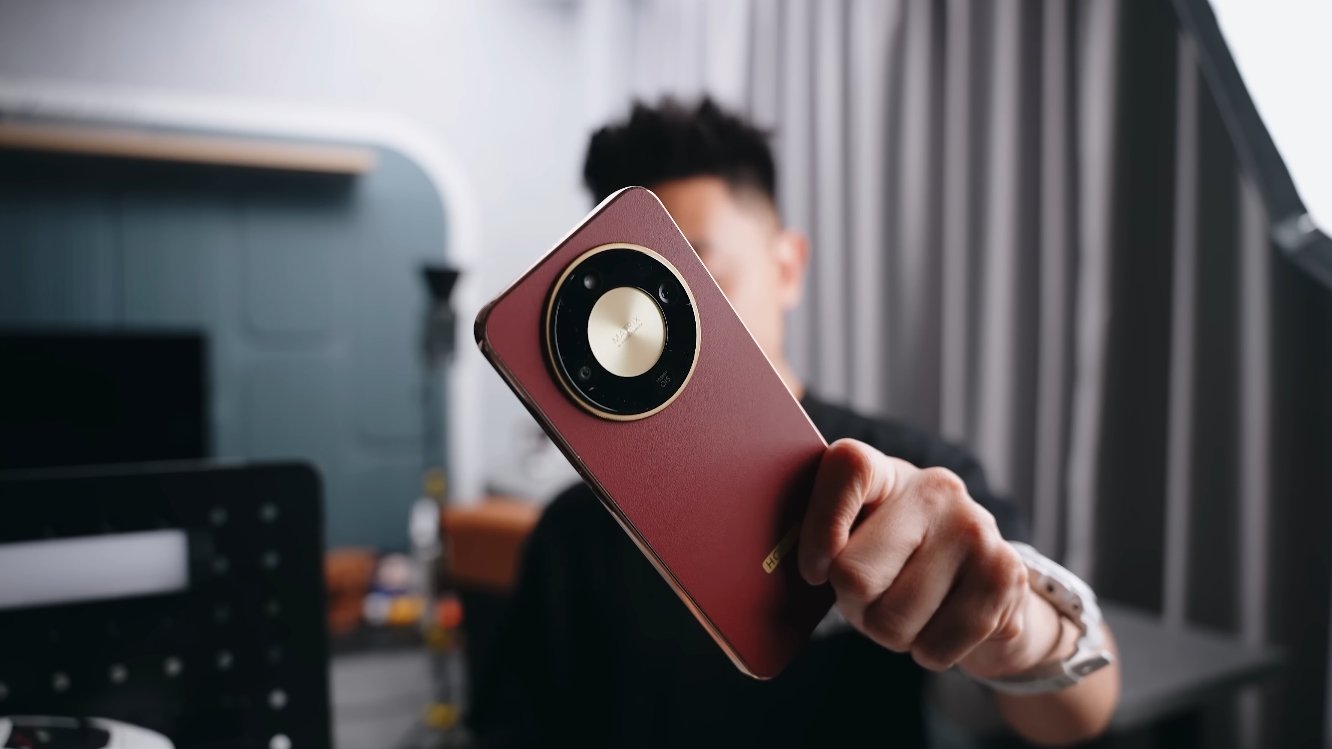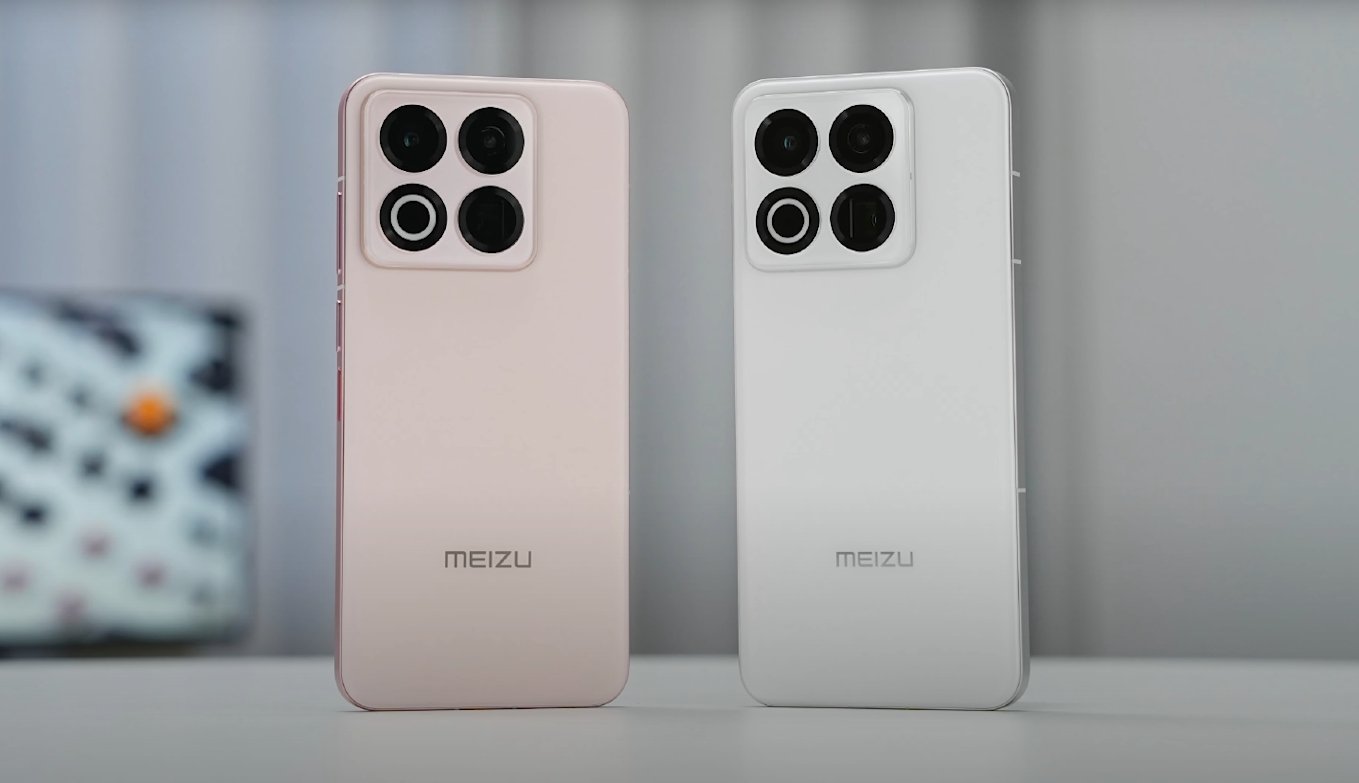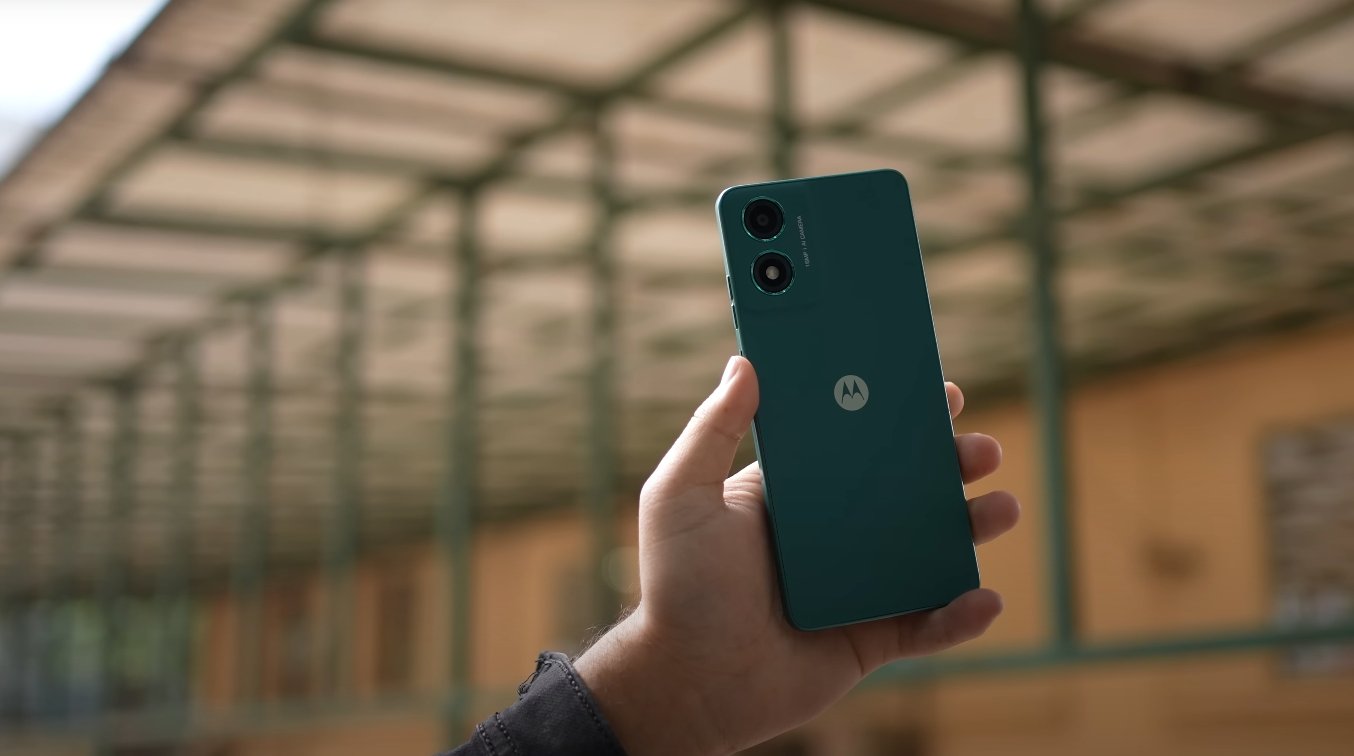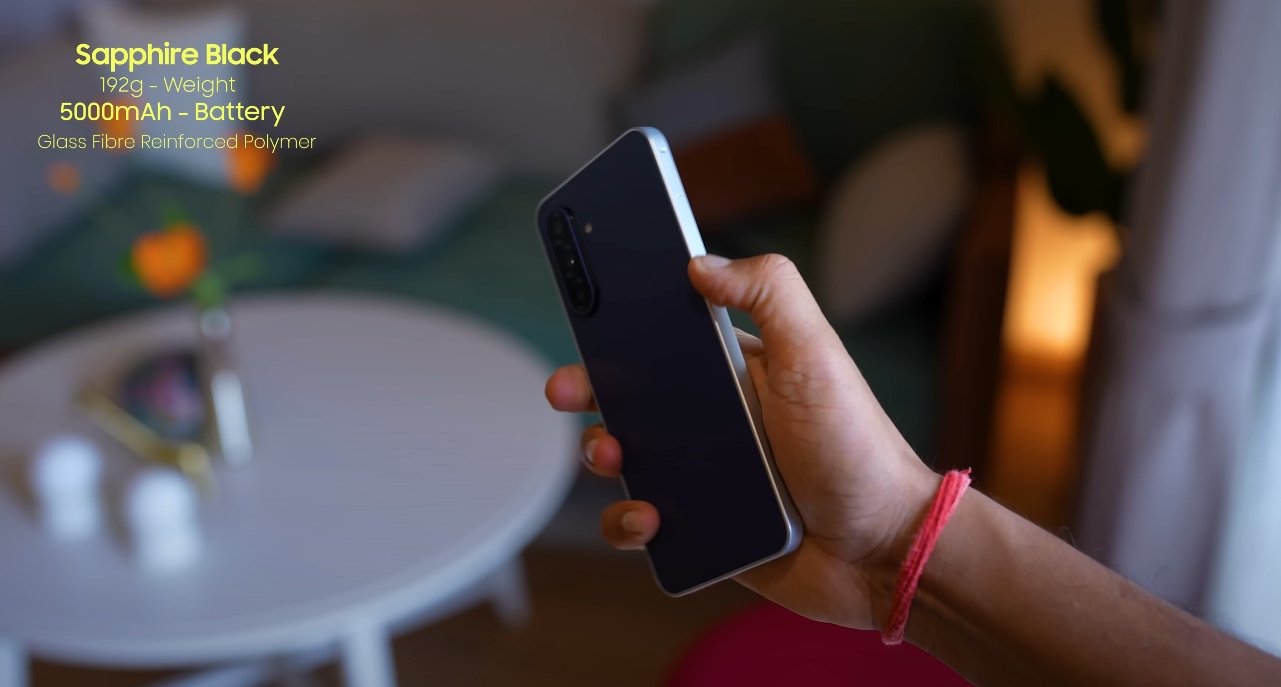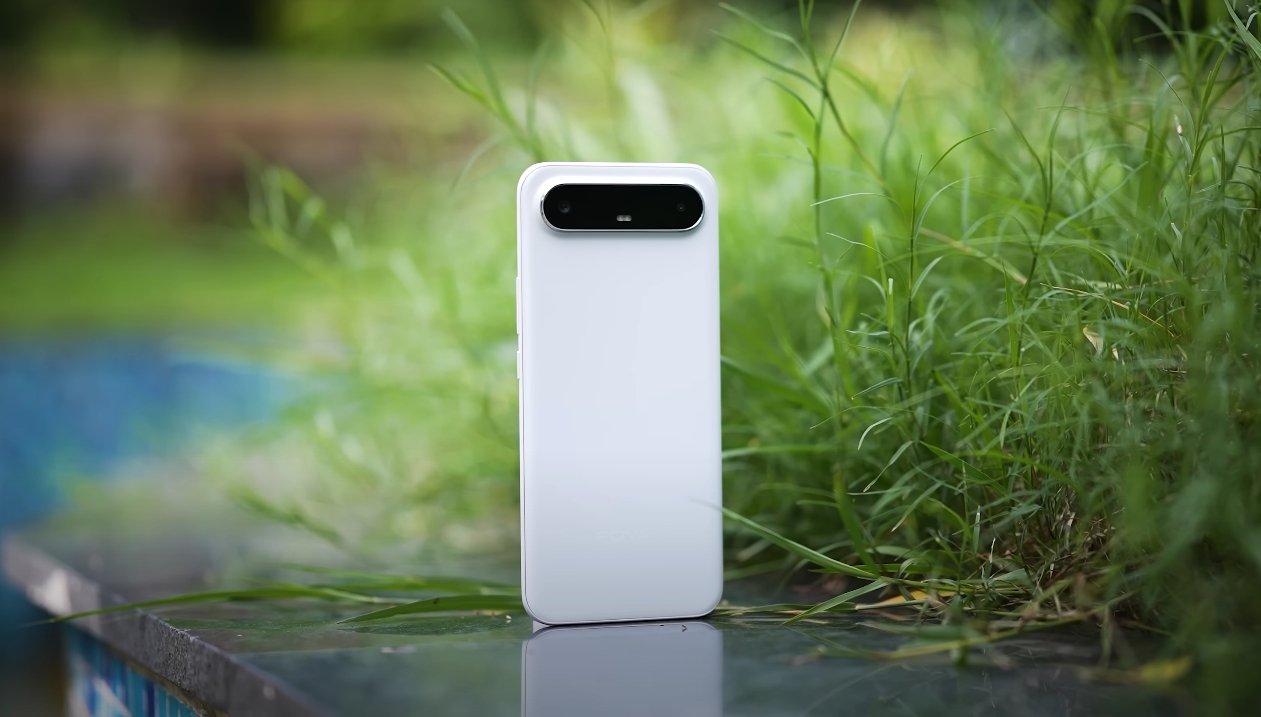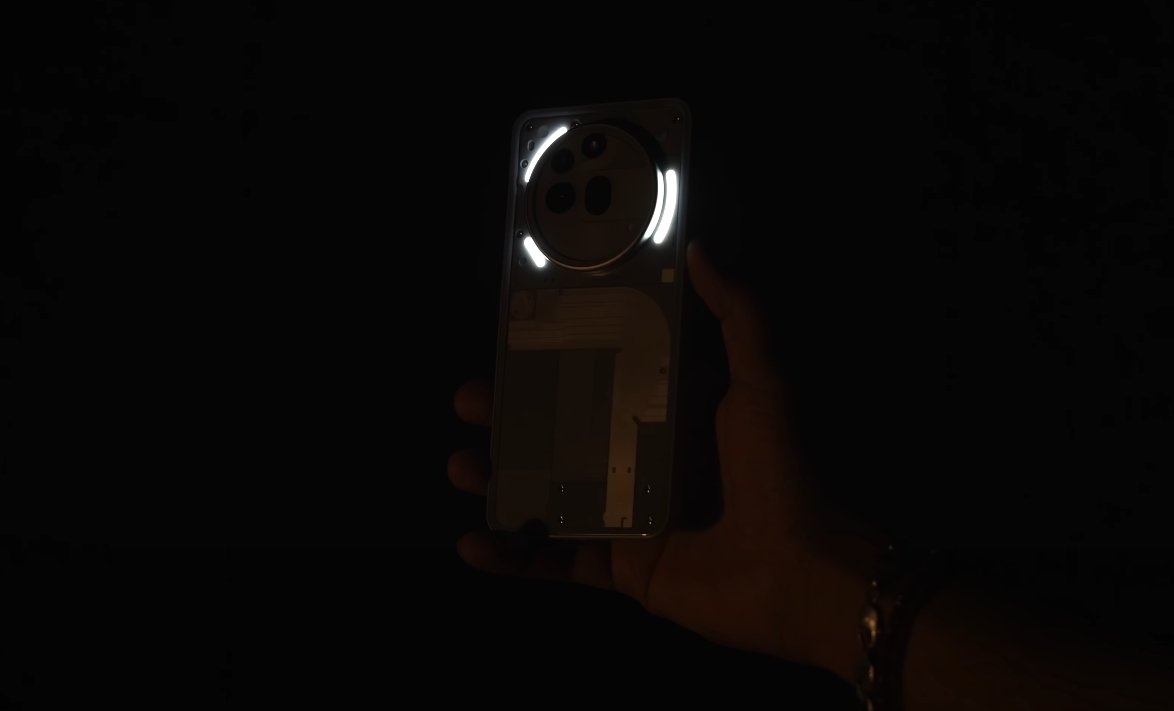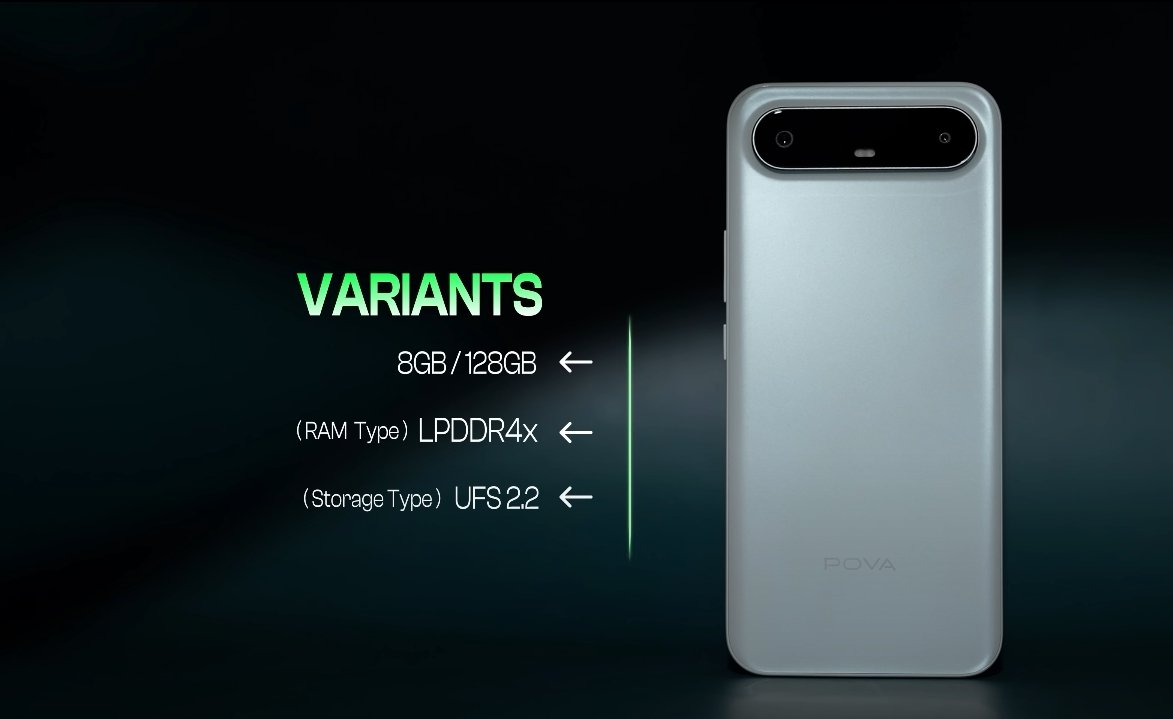Benchmark Battle Between Honor X9d and Realme GT 8 in Australia
The Australian smartphone market has seen intense competition in 2025, with mid-range and flagship devices narrowing the gap in performance and features. Among the most talked-about devices this season are the Honor X9d and the Realme GT 8. Both phones offer excellent specifications for their price points, yet they cater to very different segments of users. Benchmark results and real-world testing in Australia show how these two devices compare in terms of performance, battery life, thermal control, and overall value.
The Honor X9d is powered by the Snapdragon 6 Gen 4 processor, a mid-range chipset designed for efficiency and balanced power. With 12GB of RAM and storage options up to 512GB, the device is built to deliver stable performance across everyday tasks, light gaming, and multitasking. During benchmark testing, the X9d achieved a single-core score of around 1,050 and a multi-core score near 3,100, positioning it comfortably within the upper mid-tier range. These results indicate smooth performance for streaming, browsing, and running productivity apps without noticeable lag.
In contrast, the Realme GT 8 runs on Qualcomm’s high-end Snapdragon 8 Elite processor, a 3-nanometer powerhouse built for flagship-level performance. Australian benchmarks for the GT 8 recorded single-core scores above 2,000 and multi-core results surpassing 6,000, nearly doubling the X9d’s performance metrics. The device also comes with up to 16GB of RAM and 1TB of internal storage, appealing to users who demand top-tier speed and capacity for gaming, video editing, and multitasking. In synthetic benchmarks, the GT 8’s GPU results confirmed its strength in rendering-intensive tasks and mobile gaming at higher frame rates.
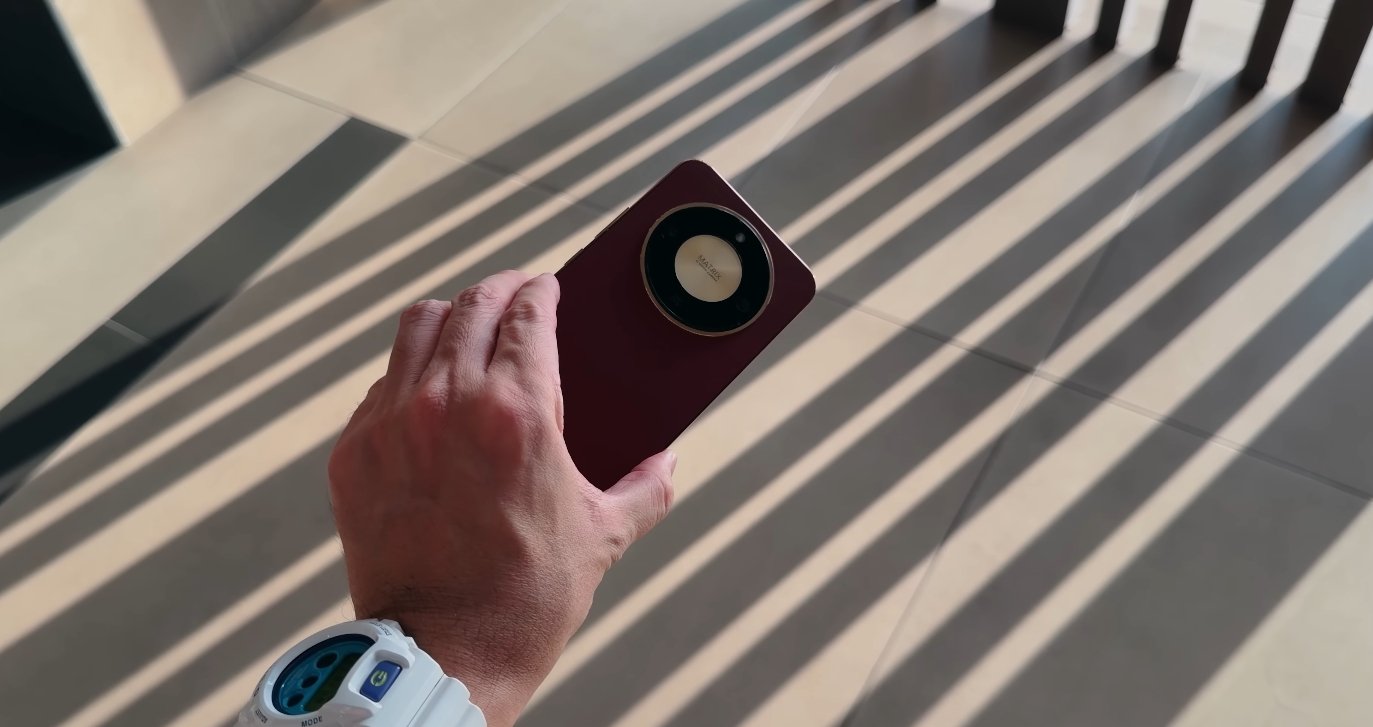
Despite the GT 8’s clear advantage in processing power, the Honor X9d shines in other areas, particularly battery endurance and thermal management. The X9d’s massive 8,300mAh silicon-carbon battery significantly outlasts the GT 8’s 7,000mAh unit. Combined with 66W fast charging, the X9d can easily last up to two full days under regular use and recharge to 70% in under 30 minutes. Its advanced VC Ice Cooling system ensures sustained performance without overheating, even during prolonged gaming or video playback. This focus on stability and efficiency makes the X9d a better long-term performer for users who prioritize battery reliability over raw processing speed.
The Realme GT 8, while offering faster 100W charging, experiences slightly higher temperatures under heavy load. In benchmark stress tests conducted in similar Australian conditions, the GT 8’s thermal control performed well but required software-managed throttling to maintain stable frame rates during extended gaming sessions. For users who engage in high-performance tasks like video rendering or extended 3D gaming, the GT 8’s superior power is evident, but it comes with a trade-off in heat generation and power draw.
Display performance presents another interesting comparison. The Honor X9d features a 6.79-inch AMOLED panel with a 120Hz refresh rate and 1200×2640 resolution, offering bright, fluid visuals suitable for everyday media use. The Realme GT 8, however, takes the lead with a slightly higher 2K resolution and a 144Hz refresh rate. This difference is most noticeable in gaming and high-definition video playback, where the GT 8’s screen delivers smoother motion and sharper details. Still, both displays perform exceptionally well for their respective classes, with accurate color reproduction and excellent brightness levels for outdoor visibility.
In terms of durability, the Honor X9d is built to handle harsh conditions with its IP69K water and dust resistance rating, making it ideal for users in Australia who often work or travel in outdoor environments. The Realme GT 8, while stylish and lightweight, lacks the same level of rugged protection, focusing more on a premium glass-and-metal finish. This makes the X9d a more practical choice for users who prioritize toughness over luxury aesthetics.
From a value perspective, the Honor X9d is positioned as a highly capable mid-range device that provides excellent battery life, durability, and reliable performance for its price. It caters to consumers who prefer a dependable all-rounder rather than a performance-intensive flagship. The Realme GT 8, on the other hand, targets power users and tech enthusiasts willing to pay extra for maximum speed, superior display quality, and next-generation hardware. While the GT 8 outperforms the X9d in most benchmarks, the X9d’s combination of endurance, cooling, and practicality gives it a unique edge in daily usability.
In conclusion, the benchmark test between the Honor X9d and Realme GT 8 in Australia highlights two distinct winners in different categories. The Realme GT 8 is the undisputed choice for those seeking cutting-edge performance and faster hardware capabilities, ideal for heavy multitasking and gaming. However, the Honor X9d offers exceptional battery life, better durability, and consistent performance for longer periods, making it a top contender for users who value endurance and reliability. For Australian consumers, the choice between the two depends on whether they prioritize power or practicality—both devices prove that 2025’s smartphone competition delivers remarkable diversity in user experience.
Also Read: Honor X9d vs Pixel 8a: Australia buyers’ comparison
